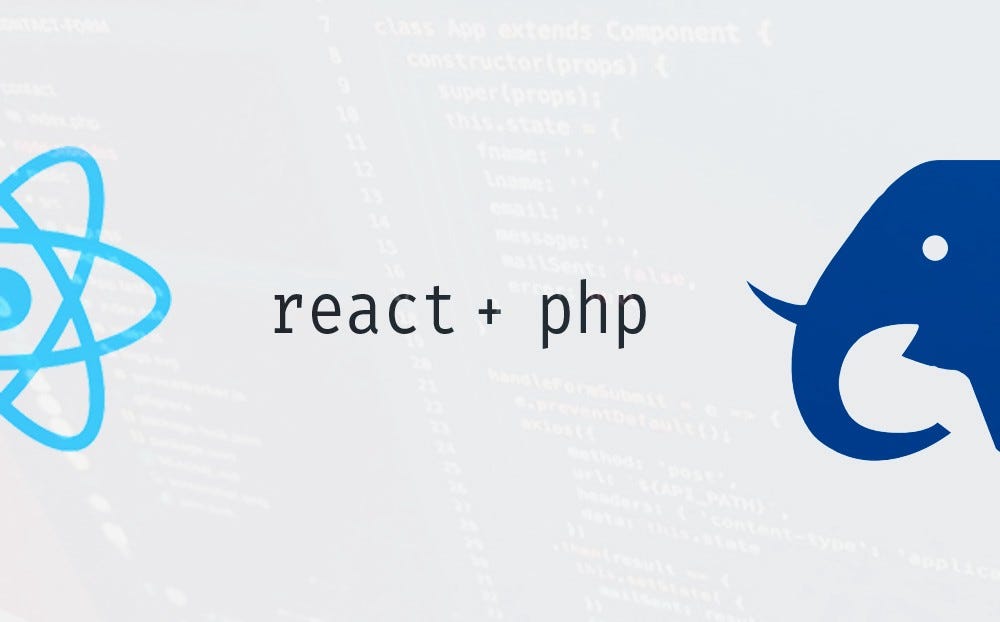When it comes to designing a full-stack online application with PHP and React, scalability is a vital consideration. Your program must be able to manage more traffic and data as it expands and gains more users without degrading performance. In this article, we’ll explore some best practices for building a scalable full-stack application with PHP and React.
1. Plan for Scalability from the Beginning
One of the most important things you can do to ensure your application is scalable is to plan for it from the beginning. This necessitates considering how your application will handle growing traffic, data, and features. You ought to think about things like:
The structure of your program
- How you will handle data storage and retrieval
- How you will manage user authentication and authorization
- How you will manage caching and load balancing
By thinking about these things upfront, you can design an application that is scalable from the start.
2. Use a Scalable Architecture
The architecture of your application is critical to its scalability. Model-View-Controller (MVC) is a popular architecture for creating scalable full stack applications. By using this approach, the application is divided into three key parts:
- Model: This is the data layer of your application, where you store and retrieve data
- View: This is the presentation layer of your application, where you render user interfaces.
- Controller: This is the logic layer of your application, where you handle user input and business logic.
Using a scalable architecture like MVC can help ensure your application can handle increased traffic and data without sacrificing performance. Hire Full stack developer who can help you to scale your website and make sure it performs well without any mischief.
3. Optimize Your Database Queries
Database queries can be a significant bottleneck in your application’s performance, especially as your data grows. To ensure your queries are as efficient as possible, you should:
- Index your database tables
- Use the right data types for your columns
- Avoid querying unnecessary data
- Use joins and subqueries when appropriate
By optimizing your database queries, you can ensure your application is scalable and responsive.
4. Employ Caching
Especially when your traffic increases, caching can be a potent technique for enhancing the performance of your application. By storing frequently used data in memory via caching, you may minimize the amount of database queries your application needs to do. Additionally, to lessen the strain on your web server, you can utilize caching to store rendered templates or assets.
5. Load Balance Your Application
Load balancing involves distributing incoming traffic across multiple web servers, improving the performance and scalability of your application. You can use load balancing to:
- Improve response times
- Ensure high availability
- Handle increased traffic
By load balancing your application, you can ensure it can handle increased traffic without slowing down or crashing.
6. Use a Content Delivery Network (CDN)
An effective technique for raising your application’s performance and scalability is a content delivery network (CDN). A CDN is a network of servers distributed across the globe that can cache and serve your application’s assets, reducing the load on your web server and improving response times for users.
7. Test Your Application’s Performance
Testing the performance of your application is critical to ensuring it is scalable. You should test your application under a variety of conditions, including:
- High traffic volumes
- High data loads
- Multiple concurrent users
By testing your application’s performance, you can identify bottlenecks and areas for improvement, ensuring it can handle increased traffic and data.
Conclusion
Building a scalable full-stack application with PHP and React requires careful planning and consideration. By using a scalable architecture, optimizing your database queries, using caching and load balancing, and testing your application’s performance, you can ensure it can handle increased traffic and data without sacrificing performance. With these best practices in mind, you can build a web application that is not only scalable but also performs well and provides an excellent user experience. Contact the best Full stack development company and they implement those best practices to scale your web application.

